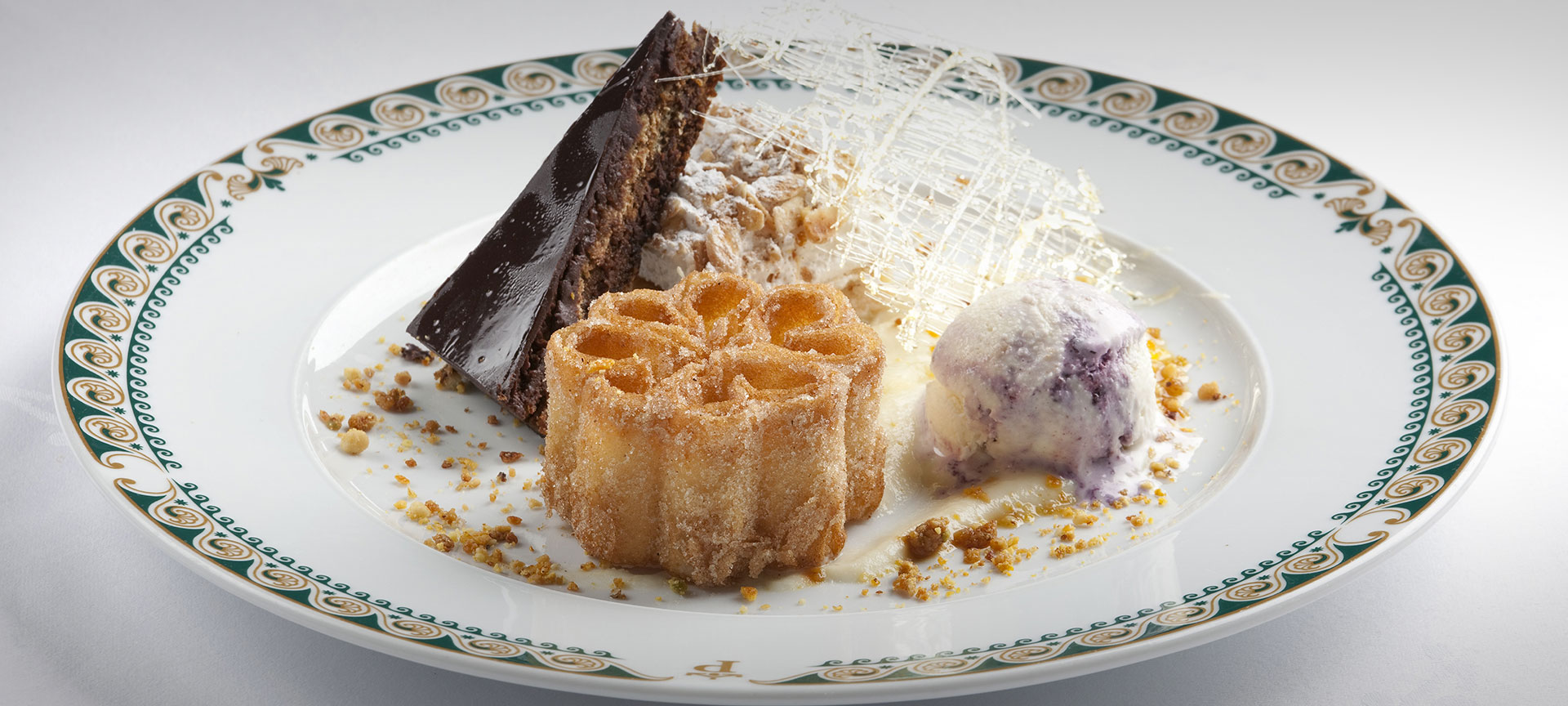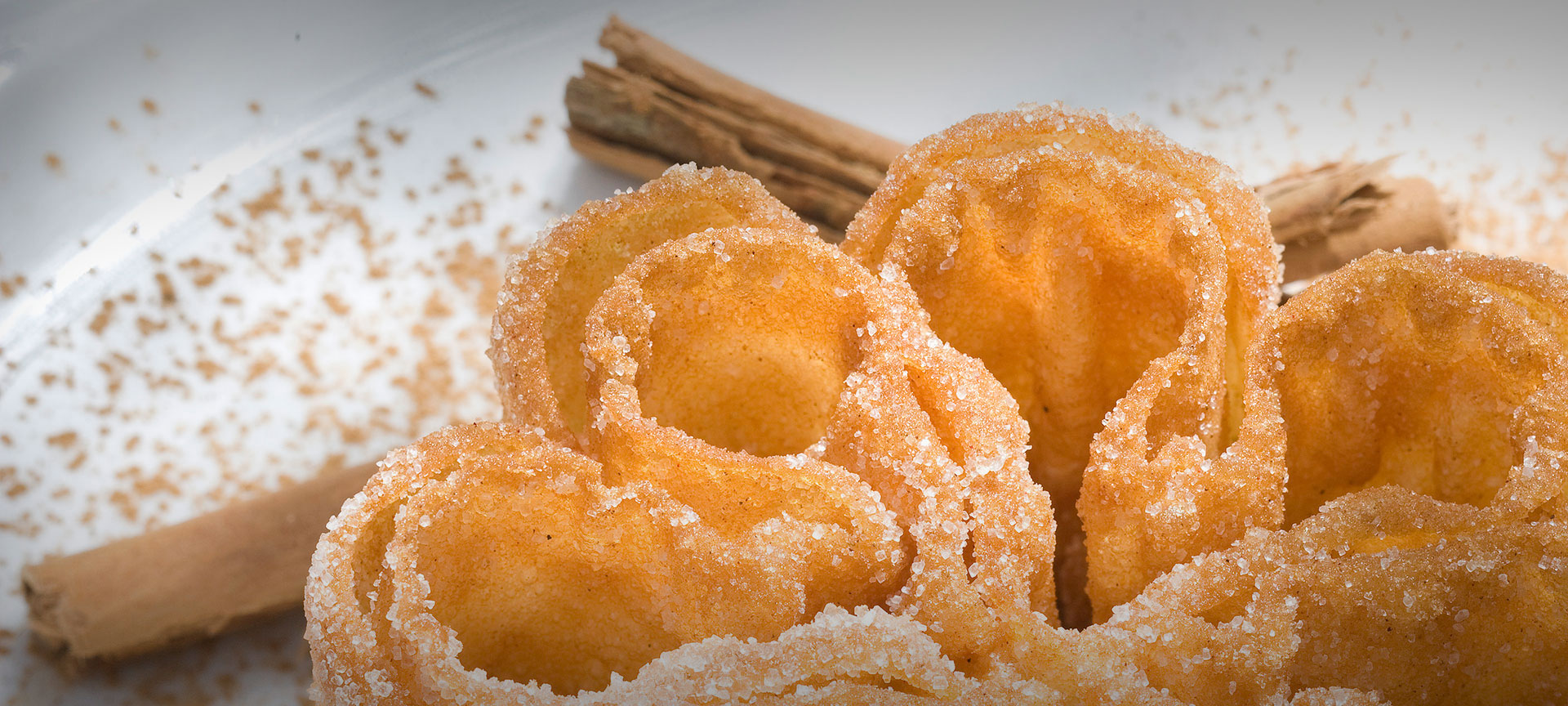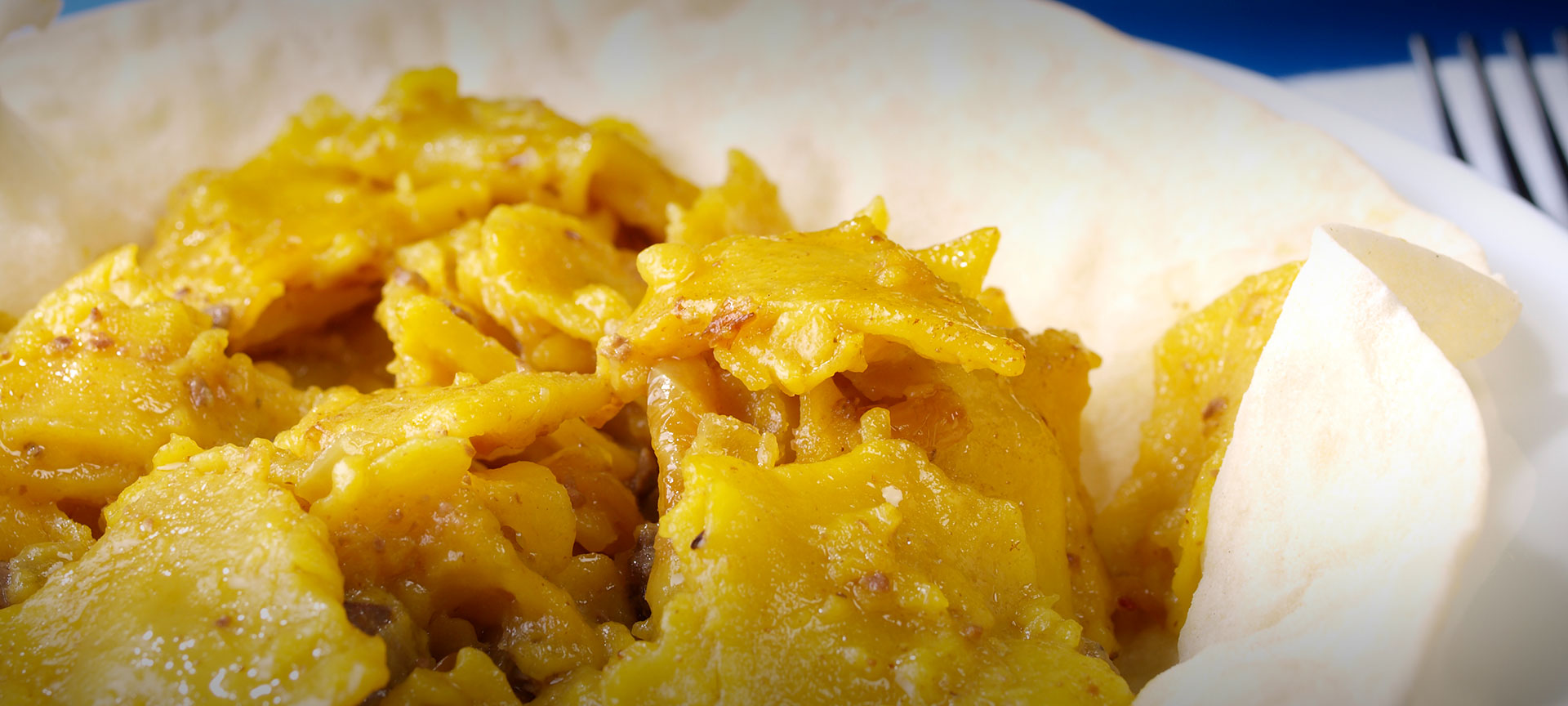Located almost in the centre of mainland Spain, Castilla la Mancha and its cuisine is a very appreciated discovery for the traveller. The cuisine of this region is comprised of a great variety of traditional, hearty yet simple dishes which are prepared using elementary ingredients such as bread, meat, vegetables and accompanied by a wide range of wine, sheep's cheese and desserts, transporting the diner back to the era of Don Quixote and his faithful Sancho.Castilla la Mancha, Quixote cuisine
Nature, fields, hills, lakes and rivers can be tasted in its cuisine: ?aubergines from Almagro, garlic from Pedroñeras, peppers, tomatoes, olive oil, meat, including both game and farm animals which are later converted into unforgettable recipes or sheep's cheese which if preserved in oil can be stored for over two years.
Ever-present wine
Special mention must be given to the grape from which the local wine is made. Wine is the most important drink of this region and in Tomelloso the largest co-operative in Europe is found. There are various Denominations of Origin: La Mancha, Valdepeñas, Méntrida, Almansa... and the recent Dominio de Valdepusa and Finca de Elez. The most famous wines are those of La Mancha and Valdepeñas, which have been written about on many occasions. Light red and white wines are drunk young, at a maximum of one or two years old and their alcoholic content oscillates between 11 and 13 degrees. At present, a great effort is being made to obtain good ageing wine. Those wines which have been awarded the "Great Selection Award 2002", by the local government of Castilla La Mancha are as follows: red wine over 5 years old: Viña Albali Gran Reserva 91; red wine over 3 years old: Torre de Gazate Reserva 98 and red wine over 2 years old: R.V. Ruiz Villanueva 99. In Castilla la Mancha, a flat farming area, agricultural produce is a very important component of the local cuisine. A few tomatoes, red and green peppers and a little courgette is enough to make a dish which has become a national speciality: "pisto manchego", a type of ratatouille which can be served either hot or cold and contains, in addition to the ingredients mentioned above, any other ingredient the cook fancies.More examples of some of the recipes which are based on country produce are the famous roasted red peppers, which are chopped, roasted, mixed with tomato and dressed with oil and garlic, the popular "ajoarriero" and "tiznao", which are untypical examples of Castilla La Mancha dishes as they contain filleted cod which is flame-grilled in an earthenware dish with the ever-present pepper, tomatoes, onions and garlic. Other very typical dishes include the garlic soups, which may or may not contain cumin and paprika and the "migas de pastor", (fried breadcrumbs), which does not differ that much from the variations of this dish found in other places but which can be soaked in milk or accompanied by chocolate, pork products, sardines, grapes, etc.
Natural, yet rich cuisine
However, in addition to the agricultural products, another main ingredient of La Mancha gastronomy is meat. An example of this are the "galianos" or "gazpachos de monte" (which must not be confused with the Andalusian variation), prepared using unleavened cakes and any type of poultry (including game) which is at hand. This dish must be tried when the opportunity presents itself as it is not served throughout the year. There are more delicious meat dishes: the visitor to Toledo must try the delectable marinated partridge hotpot. Also the "tojunto", a rabbit stew from Ciudad Real; the "morteruelo", a paté made of pork and game birds from Cuenca and roast kid from Guadalajara. To finish off the meal and freshen out the mouth, the diner has a wide variety of desserts to choose from. The most important include the lardy cakes, the oil buns and the flower shaped sweets and flakes with honey. Worth special mention are the "bizcochás de Alcázar", a tart soaked in milk with sugar, vanilla and cinnamon and the bizcochos borrachos, sponge soaked in wine and syrup. And most of all we must not forget the marzipan from Toledo, a remains of a Muslim past, which is made from sugar and almonds, the "alajú" from Cuenca, an almond and nut pastry, almond soup, syrup, "marquesitas", pastry rolls, etc.
Christmas food in Castile – La Mancha
The Christmas cuisine contains two irreplaceable products: Manchego cheese, as a starter, and marzipan, as a dessert. In fact, although marzipan is a Christmas staple in Spain, here it is consumed all year round and in Toledo you can find the most well known producers. At the most traditional tables, the main dish follows a starter of the popular garlic soup.




